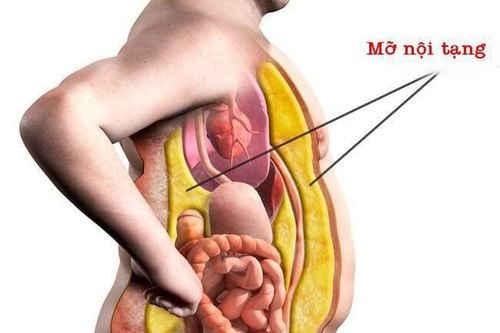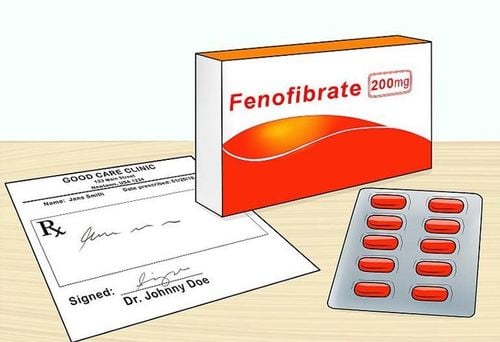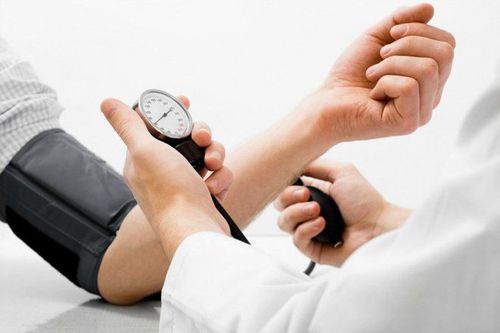This is an automatically translated article.
Article by Dr. Le Thi Huong - General practitioner - Department of Examination - Vinmec Times City International General Hospital
Visceral fat is a type of fat in the body and is stored in the abdominal cavity so it is not easily noticeable. Visceral fat can cause many diseases and serious health problems. Therefore, improving internal fat by maintaining a healthy diet and exercising is essential.
1. Overview of body fat
Having some body fat is healthy, but all fats are not created equal. Visceral fat is a type of body fat that is stored in the abdominal cavity. It is located near several vital organs, including the liver, stomach, and intestines. It can also accumulate in the arteries. Visceral fat is sometimes called "active fat" because it can actively increase the risk of serious health problems.
If you have some belly fat, it's not necessarily visceral fat. Belly fat can also be subcutaneous fat, which is stored just under the skin. Subcutaneous fat, which is also found in the hands and feet, is easier to see. Visceral fat is actually located in the abdominal cavity and is not easily seen.

2. How is visceral fat assessed and measured?
The only way to definitively diagnose visceral fat is by computed tomography (CT) or magnetic resonance imaging (MRI). However, these are expensive and time consuming procedures.
Instead, healthcare providers will often use general guidelines to assess your visceral fat and the health risks it poses to your body. For example, Harvard Health says that about 10% of body fat is visceral fat. If you calculate total body fat and then take 10% of it, you can estimate your visceral fat.
An easy way to know if you are at risk is to measure your waist size. According to Harvard Women's Health Watch and Harvard T.H. Chan School of Public Health, if you are a woman and your waist circumference is 80cm or more, you are at risk of health problems due to visceral fat, men are at risk for health problems when waist circumference 90cm or larger.
Visceral fat is usually rated on a scale of 1 to 59 when diagnosed with a body fat analyzer or an MRI scan. Normal levels of visceral fat are below 13. If your rating is 13–59, you should make lifestyle changes immediately.
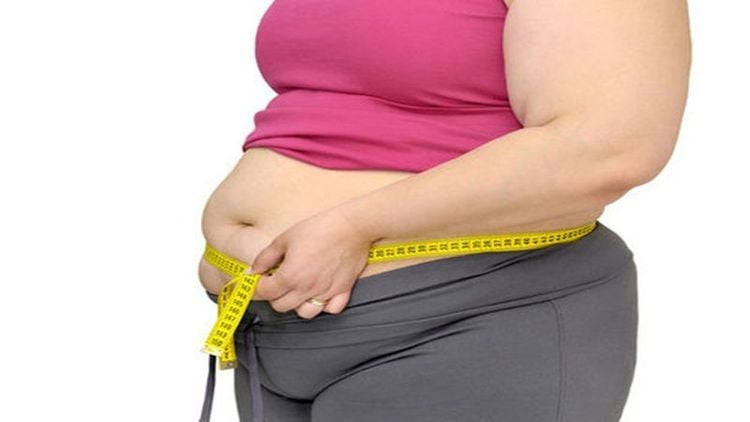
3. Complications of visceral fat
Visceral fat can start causing health problems right away. It can increase insulin resistance, even if you have never had diabetes or prediabetes. Research has found that this may be due to a retinol-binding protein that increases insulin resistance secreted by this type of fat. Visceral fat can also raise blood pressure rapidly.
Most importantly, carrying excess visceral fat increases your risk of developing a number of serious, long-lasting, life-threatening medical conditions. Includes:
Heart attack and cardiovascular disease Type 2 diabetes Stroke Breast cancer Colorectal cancer Alzheimer's disease
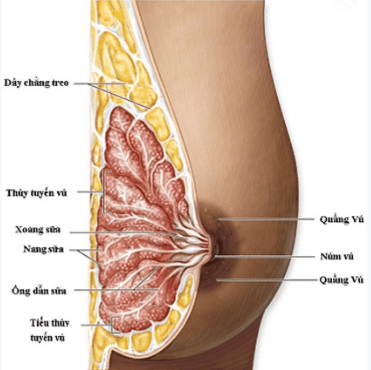
4. How to remove visceral fat?
Fortunately, visceral fat is very receptive to exercise, diet, and lifestyle changes. For every kilogram of weight you lose, you lose some visceral fat.
When possible, you should exercise at least 30 minutes a day. Make sure to include plenty of cardio and strength training. Cardio includes aerobic exercise, like circuit training, cycling or running, and will burn fat faster. Endurance training will slowly burn more calories over time as your muscles get stronger and expend more energy. Ideally, you should do 30 minutes of cardio, 5 days per week, and strength training at least 3 times per week.
The increased stress hormone cortisol can actually increase the amount of visceral fat your body stores, so reducing stress in your life will make it easier to lose it. Practice meditation, deep breathing, and stress management strategies.
It is essential to follow a healthy, balanced diet. Eliminate processed, high-sugar, high-fat foods from your diet and include plenty of protein, lean meats, vegetables and sweet potatoes, beans and lentils.
Use low-fat cooking methods, such as grilling, boiling or baking, instead of frying. When you do use oils, choose healthier ones like olive oil instead of butter or peanut oil.

5. When to see your doctor?
If you are a man and your waistline is more than 90cm or if you are a woman and your waist is over 80cm you should make an appointment with your doctor and discuss your health risks and lifestyle changes.
Your doctor can check for the health risks associated with an elevated percentage of visceral fat with tests such as a blood test or an electrocardiogram and may refer you to a dietitian.
Visceral fat is not visible, so we don't always know it's there, making it much more dangerous. Fortunately, it is often preventable. Maintaining a healthy, active, low-stress lifestyle can prevent excess visceral fat from accumulating in the abdominal cavity.
Visceral fat can cause serious health problems. You can check your health, waist size, diagnose diseases early with a general health examination.
Currently, Vinmec International General Hospital has implemented a general health examination program to detect many potential diseases caused by visceral fat. Here you will be examined by doctors for the health risks associated with a high percentage of visceral fat by testing and imaging techniques such as blood tests or electrocardiogram ECG, blood pressure, heart rate and other vital signs.
If you have any signs of increased visceral fat, you are at risk for type 2 diabetes and other diseases or already have a medical condition caused by visceral fat, the Vinmec hospital doctor will advise you more Various measures such as nutrition, exercise regimen and individualized treatment plan can help you reduce the risk of disease and reduce the severity of the disease. From there, improve your overall health status and enhance your quality of life.
Please dial HOTLINE for more information or register for an appointment HERE. Download MyVinmec app to make appointments faster and to manage your bookings easily.






